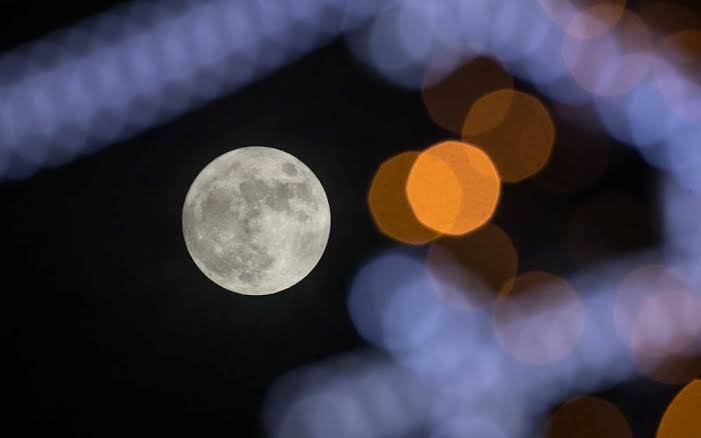Winter Solstice & Full Moon Coincidence; Again In 2029

Bhubaneswar: Every year, during winter, the one thing we are bound to experience, is the winter solstice – shortest day and the longest night. However, this year, it is being accompanied by a full moon night. The last full moon of 2018, popularly known as Cold Moon, will coincide with the winter solstice.
“It will be 2029 before it happens again. So it’s not a once-in-a-lifetime event, but still, you don’t see this too often,” said Deputy Director, Pathani Samanta Planetarium, Subhendu Pattnaik.
In the Northern Hemisphere, the winter solstice marks the shortest day of the year, when the sun appears at its most southerly position.
“The sun travels directly overhead at the Tropic of Capricorn, where as it marks the longest day of the year in any part of the Southern Hemisphere. Usually, it takes place on December 21-22 every year,” Pattnaik added.
The time that the solstice occurs and the day itself, can shift. “The solar system year as the time sun takes to reappear in the same spot after one year, as seen from Earth, doesn’t exactly match our calendar year. For India, the winter solstice for 2018 will take place at 3.53 a.m. on December 22,” Pattnaik said.
The Earth is tilted on its rotational axis, for which we experience seasons on Earth. As the Earth moves around the sun, each hemisphere experiences winter when it’s tilted away from the sun and summer, when it’s tilted toward the sun.
Due to this tilt, a day after the winter solstice in December, the sun appears to move from the extreme northern position towards South and continues for a six-month period to reach the summer solstice around June 21.On that day, the sun reaches the extreme southern point, and after one day, starts retreating for the next six months again to reach the winter solstice.
It is no surprise that many cultures and religions celebrate winter solstice that coincides with the return of the sun and longer days to come.
“In the olden days, people’s survival depended on a precise knowledge of seasonal cycles. They marked this first day of winter with elaborate ceremonies and celebrations,” Pattnaik further said.

Comments are closed.